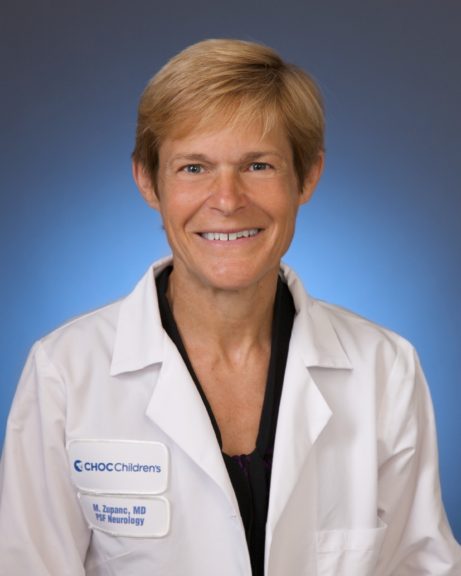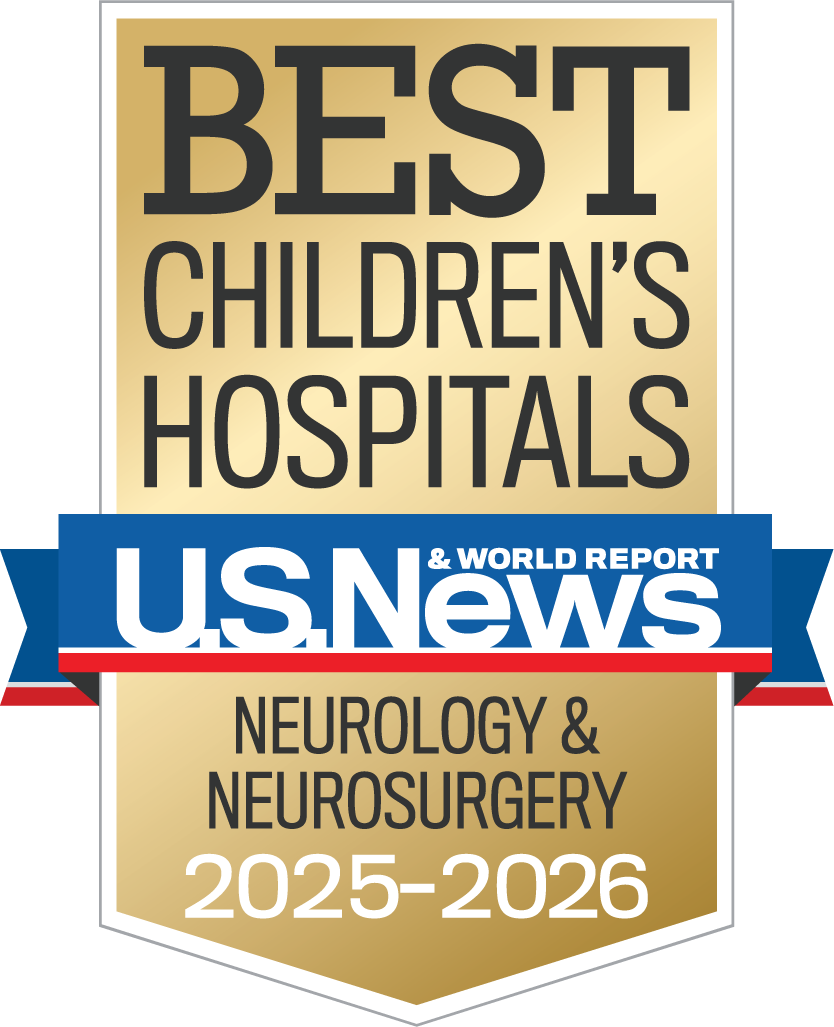With Infantile Spasms Awareness Week recognized Dec. 1 through 7, we spoke with a CHOC Children’s neurologist about this type of epilepsy that occurs in young infants typically between ages 3 and 8 months.
Infantile spasms should be considered a medical emergency due to the potentially devastating consequences on the developing brain, Dr. Mary Zupanc, chair of neurology at CHOC, says. Immediate treatment is critical because many children with infantile spasms go on to develop other forms of epilepsy.

“A developing brain undergoing an ‘epileptic storm’ essentially becomes programmed for ongoing seizures and cognitive/motor delays,” she says.
Here’s what parents should look for when potentially identifying infantile spasms:
- Infantile spasms often happen in clusters, with each spasm occurring every five to 10 seconds over a period of three to 10 minutes or longer
- Though there is almost always a cluster of spasms in the morning when the child awakens from sleep, infantile spasms can occur at any time during the day or night
If infantile spasms are suspected, parents should seek a referral to a pediatric neurologist immediately. CHOC neurologists admit these children urgently to the hospital for long-term video electroencephalogram (EEG) monitoring to confirm the diagnosis.
If infantile spasms are confirmed, the first line of treatment employed by CHOC neurologists is a high-dose adrenocorticotropic hormone, or ACTH. The course of therapy is about six weeks, and the treatment is administered by injection. Because parents are often initially afraid to inject their baby, CHOC neurologists and nurses work closely with families to help them become comfortable with the process before heading home.
The effectiveness of ACTH may be as high as 85 percent, and the treatment has better success rates if started within four to six weeks of seizure onset. Seizure control and a normalized EEG reading mark a successful therapy.
Children undergoing ACTH might have some side effects including high blood pressure, increased appetite and weight gain, elevated sugar in the blood, temporary suppression of the immune system, and sometimes an upset stomach. All side effects are monitored during treatment and disappear at its conclusion.
The causes of infantile spasms vary. Some children may have tuberous sclerosis, a multisystem disorder; abnormalities in the brain’s formation; stroke; an infection such as meningitis or encephalitis; trauma; or genetic disorders such as Down syndrome or defects in the metabolism of proteins, sugars, and fats.
Get more expert health advice delivered to your inbox monthly by subscribing to the KidsHealth newsletter here.

Learn more about CHOC’s Neuroscience Institute
CHOC Hospital was named one of the nation’s best children’s hospitals by U.S. News & World Report in its 2025-26 Best Children’s Hospitals rankings and ranked in the neurology and neuroscience specialties.





